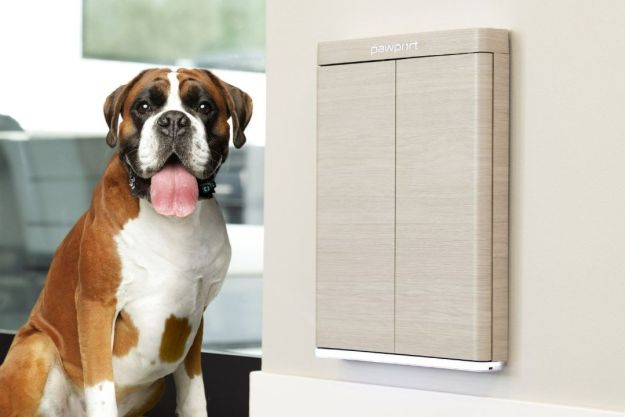When you think home security, Alexa and Google Assistant are not the first devices that come to mind (despite the inclusion of a camera in the Nest Hub Max.) After all, no one really wants their smart assistant to be that smart — the last thing we need is a Terminator situation.
The question is: Why not? A programmable safe word is a perfect addition to the current smart home, especially if it could be used without first triggering the command word (like Alexa or Hey, Google.) You could program in a quick, uncommon word that would contact authorities. For instance, you could use ‘pernicious’ as a safe word. How many people do you know that use that word in everyday language?
How the smart home can improve on the security front
Smart home technology has evolved far beyond just standard convenience. Modern devices are capable of tasks well advanced from what early adopters might ever have imagined. For example, there are smart doorbell cameras that can measure a person’s body temperature when they ring the doorbell. With features like that in mind, why can’t a smart home be more proactive in keeping the occupants safe?

Many smart cameras have facial recognition capabilities. This feature allows the camera to provide more specific notifications like, “Bill is at the door.” However, it could also work in reverse — if your camera is armed and it sees a face you don’t recognize, it could contact the authorities.
In the same way, security cameras that utilize artificial intelligence (A.I.) could be trained to recognize dangerous situations, such as an intruder in the home or someone being held against their will. Cameras already know how to recognize fire, falls, and other threats. If your smart camera detected one of these situations, it could react appropriately.
These ideas are just speculation on the potential applications of smart home technology with regard to home security. Smart assistants also hold a tremendous amount of promise.
How smart assistants can make your home more secure
Smart assistants like Amazon Alexa and Google Assistant already have several security features built-in. Through Alexa Guard, the assistant can listen for the sound of broken glass, the beeping of a smoke or carbon monoxide alarm, and other dangers.
Google Assistant has similar capabilities through Nest Secure. In addition, the Google Nest Hub Max comes with a built-in Nest Camera that can be used to monitor your home through your smart display. It has already begun to blur the line between smart assistant and home security system.
More can be done, however. As we mentioned before, a safe word could be used to activate specific modes within the smart assistant. This mode could trigger other devices in the home to begin recording, even if they are currently disarmed. Ideally, the safe word would be completely customizable. In a dangerous situation, alerting someone that you activated a security system might not be the best idea. Imagine this scenario:
A repairman comes by to fix something in your home, but you get a bad feeling about the person. You want to activate your security system to record them without alerting them to it, but your phone is in the other room. You could use Alexa’s Whisper Mode to quietly pass along the safe word to arm your smart home and have it begin monitoring. Whether something happens or not, your home is protected.

Smart assistants are in the perfect position to provide greater levels of security in the home. Their ability to Voice Match and provide personalized results means they can also listen for unfamiliar voices when you aren’t at home, potentially catching burglars in the act. Smart assistants also need the ability to contact emergency services or call 911 if asked.
A final feature they could add is something like the buddy system — a specific word or turn of phrase that sends a pre-set message to your contacts to let them know you’re in trouble. In addition to voice-activated options, simply including a panic button like so many security systems do would be yet another layer of defense.
Why features like this are not currently available
You might wonder why features like this don’t already exist. After all, smart assistants seem like natural options for calling 911. The fact is, companies have likely already entertained the possibility of these features, and they could well be in development — but certain laws prevent companies from implementing all of these features.
There are already privacy concerns about the amount of information smart homes gather about your day-to-day life. Giving the camera the ability to monitor for dangerous activities and alert authorities would inevitably go wrong at least once or twice, and it would provide law enforcement agencies with more insight into homes than many people are willing to give.
In the same way, the ability to place 911 calls might put even more strain on an already-taxed system. According to sources, roughly 600,000 911 calls are made each day or around 240 million per year. Many of these calls are prank calls, or calls made for frivolous reasons. Adding the potential for misheard smart assistant requests into the mix worsens an already bad problem.
Editors' Recommendations
- SimpliSafe is now using AI to prevent burglars from entering your home
- Home Depot’s Hubspace is a great way to start building your smart home
- Wyze camera breach allows strangers to peer into others’ homes
- Wyze Cam Floodlight v2 adds tons of new features at a lower price tag
- Daisy is an installation and repair company designed for your smart home





